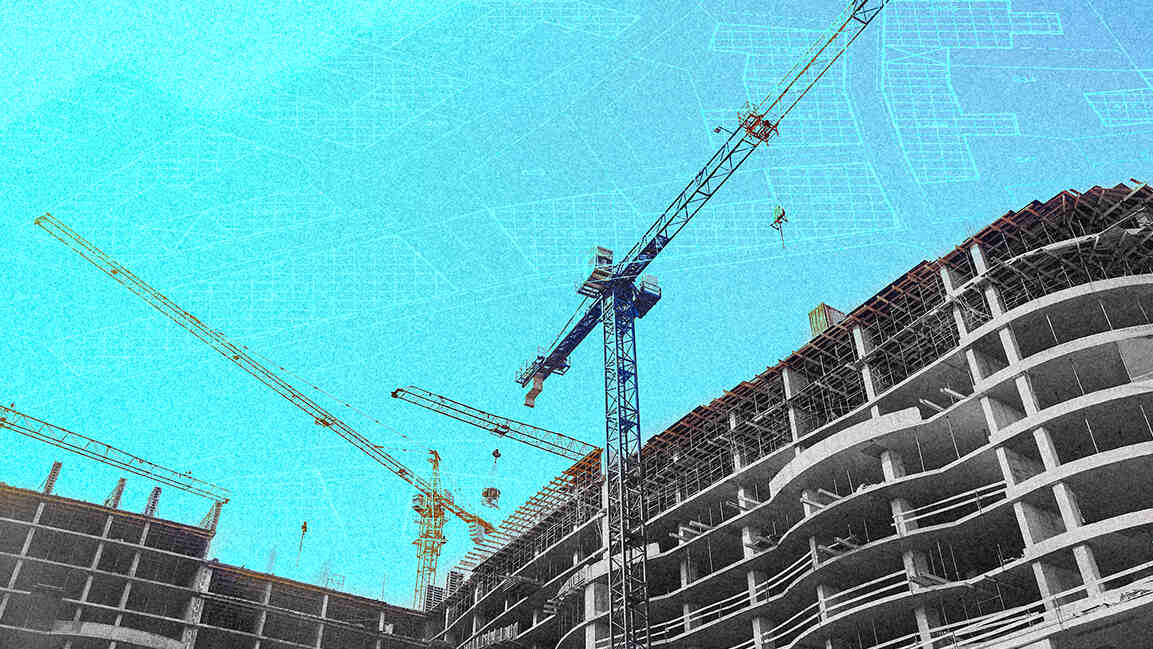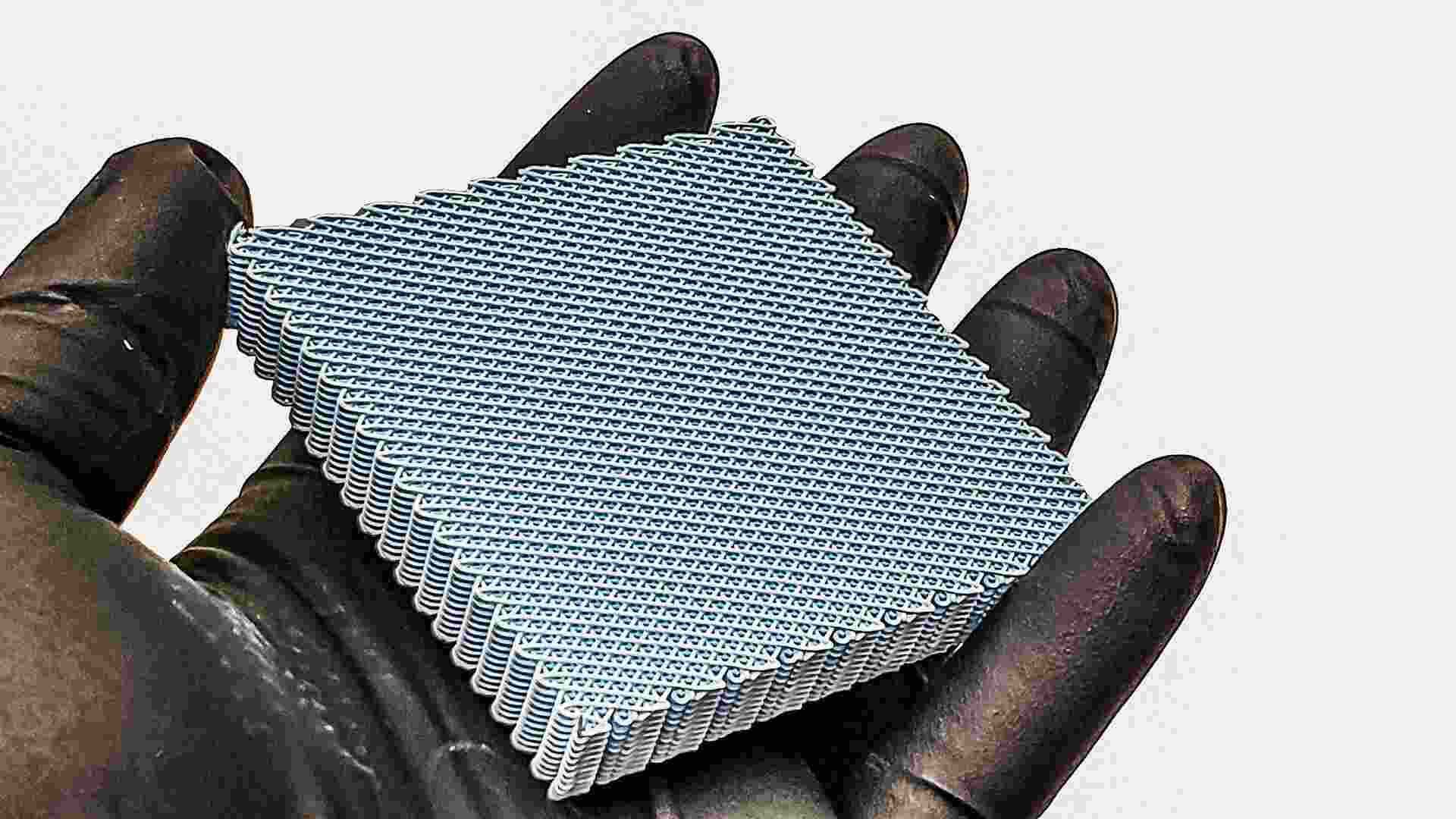- | 2:00 pm
NEOM orders world’s first electric hydrofoil ships for sustainable transport
The first batch of eight vessels will be delivered in 2025 and early 2026.

Electric hydrofoil ships are set to enhance passenger transport across Saudi Arabia’s NEOM. The region has ordered eight Candela P-12 vessels to advance sustainable urban mobility, recognized as the world’s first electric hydrofoil ships. These vessels are designed to operate within NEOM’s water networks, supporting the area’s commitment to eco-friendly transportation solutions.
Gustav Hasselskog, CEO and founder of Candela said, “The P-12 is designed to create zero-emission water transport systems which have significant improvements over traditional water commuting.” The Candela P-12 is set to debut in Stockholm’s public transport in fall 2024 and is designed to consume 80% less energy than conventional ships of similar size. A life cycle analysis by the KTH Royal Institute of Technology in Stockholm also showed that a P-12 vessel is designed to emit 97.5% less CO2 during its lifetime than a conventional diesel vessel of the same size.
“Unlike legacy systems with large, slow, and energy-inefficient conventional ferries, the Candela P-12 is a smaller and faster unit, allowing much more frequent departures and quicker journeys for passengers,” Hasselskog added.
The P-12 boasts a speed of 25 knots and over two hours of endurance, making it the fastest and longest-range electric passenger ship.
Hasselskog explained that the vessel also accounts for maximum passenger comfort. “Passengers will fly smoothly over the Red Sea, as the P-12’s digital flight control system balances the ship 100 times per second by adjusting the hydrofoils’ angle of attack, keeping it stable even in winds and waves.” Furthermore, the electric Candela C-POD motors in underwater pods operate with minimal noise and disturbance to marine wildlife.
“We’re extremely proud to provide a vessel system designed with passengers and the environment in mind,” Hasselskog said. “Short waiting times, quick connections, and a very enjoyable experience without taxing the environment with wakes, emissions, and noise will revolutionize how we travel on water.”
The first batch of eight vessels is scheduled for delivery in 2025 and early 2026.































